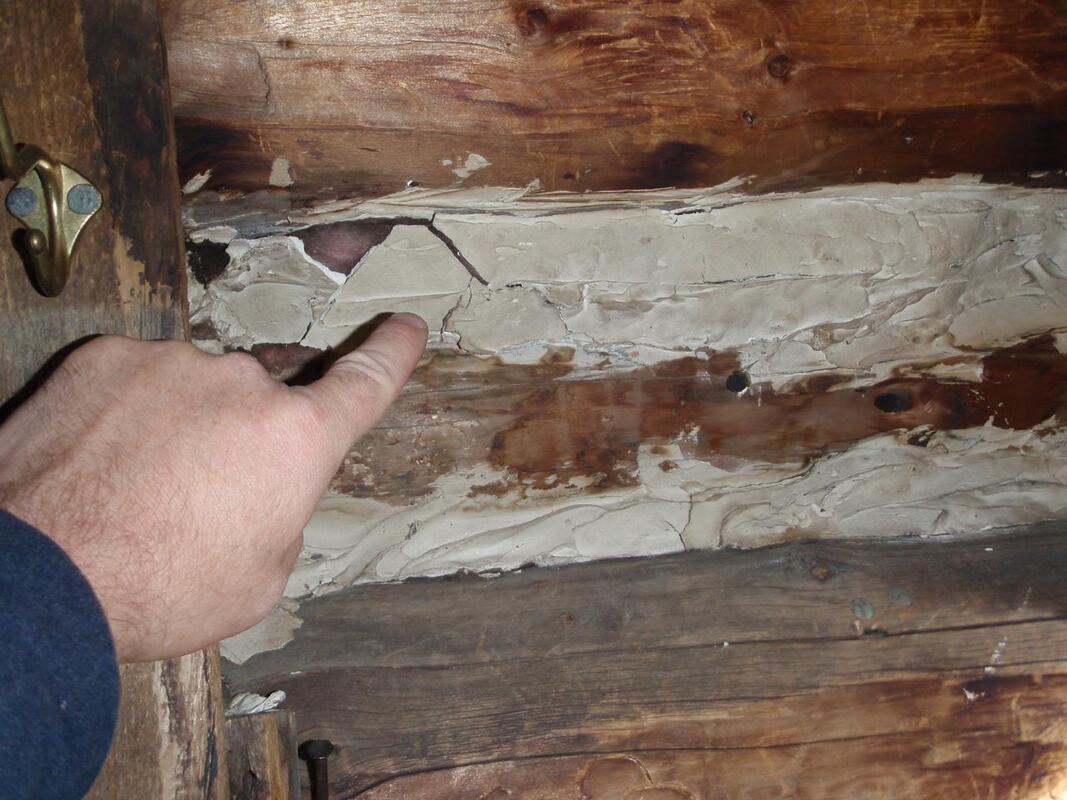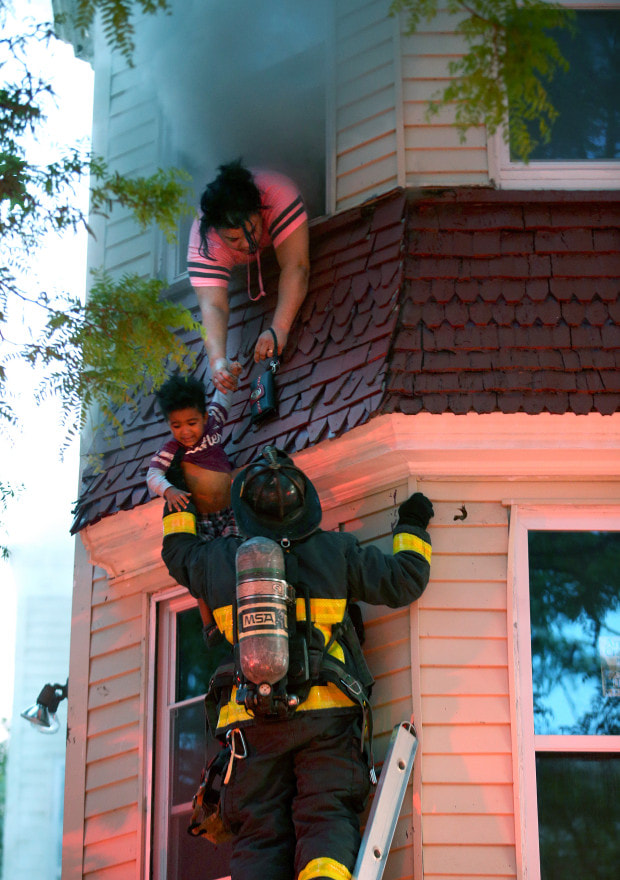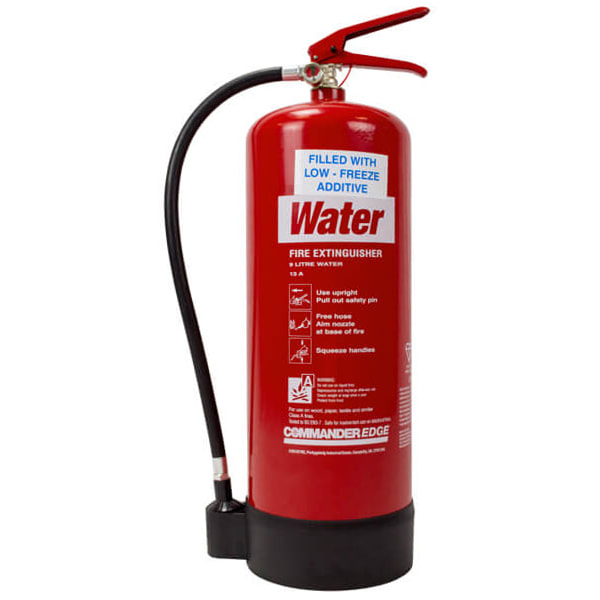|
So, you have discovered some asbestos on your site. Here is what you do next.
Bearing in mind you should never touch or disturb asbestos, do a risk assessment that answers three questions.
If not, then some action may be required to control the risk. Speak to an ACAD or ARCA licensed contractor about the next step. Legally not all types of work on asbestos require the contractor to be licensed but the safety standards, insurance, supervision and training requirements mean this is usually the most practical approach. To help further Castle Hill Training are running a free asbestos awareness training course by video conference on the 5th of June between 9.30 am and 11.30 am to register email [email protected]
1 Comment
Free asbestos awareness training delivered by video conference over Zoom on the 5th of June 2020 between 9.30 AM and 11.30AM.
To register email [email protected] Course Overview The course includes the following topics:
At the end of the course, there will be an online multiple-choice assessment completed using Microsoft Forms. How long does the Asbestos Awareness certificate last? On successful completion of this course, you will receive an asbestos awareness certificate which is valid for three years. How long does the training take? The training course runs for approximately two hours.
You’ve discovered a fire at home and rang the emergency services but you are trapped and can't get out. Here's what you do
Water fire extinguishers are extremely common this is because they are the cheapest to buy, replace and refill. Using water as the extinguishing agent is cost effective, good for the environment and safe because they don’t release any toxic agents just water.
Who should use them? Water fire extinguishers are commonly found in shops and warehouses, due to the high level of packaging, paper, wood and fabric in the stock. However, many other businesses choose to have a water fire extinguisher present simply because they will be cheaper to use and replace than multi-class extinguishers. How do they work? Remember the fire triangle? Fires need heat, fuel and oxygen. Water fire extinguishers work by cooling the fire down, thus removing heat from the combustion. One of the key benefits of water fire extinguishers is reducing the likelihood of re-ignition. What about water additive fire extinguishers? These extinguishers have a special additive chemical in the water. This additive increases the flame knock-down rate. So if you have a water extinguisher and water additive fire extinguisher that are the same size, the water fire extinguisher will have a higher fire rating, and will therefore be able to fight a larger fire more effectively. However water additive fire extinguishers are more expensive to buy and refill. Don’t use water extinguishers on electrical appliances Don’t use water fire extinguishers on electrical appliances; remember, water and electricity do not mix well. Don’t use water extinguishers on hot fat fires Water and cooking oil/grease don’t mix either. Use a water extinguisher to fight a kitchen fire, and you’ll simply end up spreading it further. Don’t use water extinguishers on flammable liquid fires Water and liquids don’t mix either, again the water will act as an accelerant spreading the fire. How to recognise them Water fire extinguishers can be easily identified by their white label and red writing. Water additive fire extinguishers use the converse colours; a red label with white writing. In order to support our customers during the Covid Crises Castle Hill Training is offering free Fire Warden Training delivered by Video Conference (Zoom).
Staff are allowed to train while on furlough and this half day course is available to all Castle Hill LinkedIn connections and customers for free. In order to help those who need help most we would ask that priority is given to Key Workers, staff on furlough or anyone who has lost their job during the crisis and that organisations restrict their delegates to three per class. To book a place email [email protected] Course Key Facts Students successfully completing this half day course will be able act as a Fire Warden (Fire Marshall) in their workplace. However, for a Fire Warden (Fire Marshall) to be competent they also have to familiarise themselves with their site and their organisation's fire safety procedures. The course fully complies with The Regulatory Reform (Fire Safety) Order 2005. Course Contents/Learner Outcomes - Role of the Fire Warden or Fire Marshall - Understanding Fire - Fire Prevention - Fire Evacuation Procedures - Fire Extinguishers and Fire Blankets Course Accreditation/Certification Successful students will be awarded a CHT Level 2 Fire Warden certificate which will remain valid for three years, is nationally recognised and qualifies for 3 C.P.D. hours. Assessment, accreditation and internal quality assurance are provided in accordance with The Regulatory Reform (Fire Safety) Order 2005. Other useful course information Course duration 3 hours. The normal cost is £65 per student or a group booking at your site (for up to 15 students) is just £295. However this course will be delivered via video conference to key workers, furloughed staff or anyone who has lost their job during the crises for free. In order to allow as many people as possible to benefit we ask that organisations limit their delegates to three per class. Students are assessed by an online multiple choice test. The course requires students to be able to read and write English, if this going to be a barrier to learning please contact the training company well in advance of the course to discuss how support can be provided. |
AuthorSteve Celli is the Senior Tutor at Castle Hill Training, don't be fooled by his youthful good looks he has decades of experience in training. Archives
June 2024
Categories |
Proudly powered by Weebly









 RSS Feed
RSS Feed